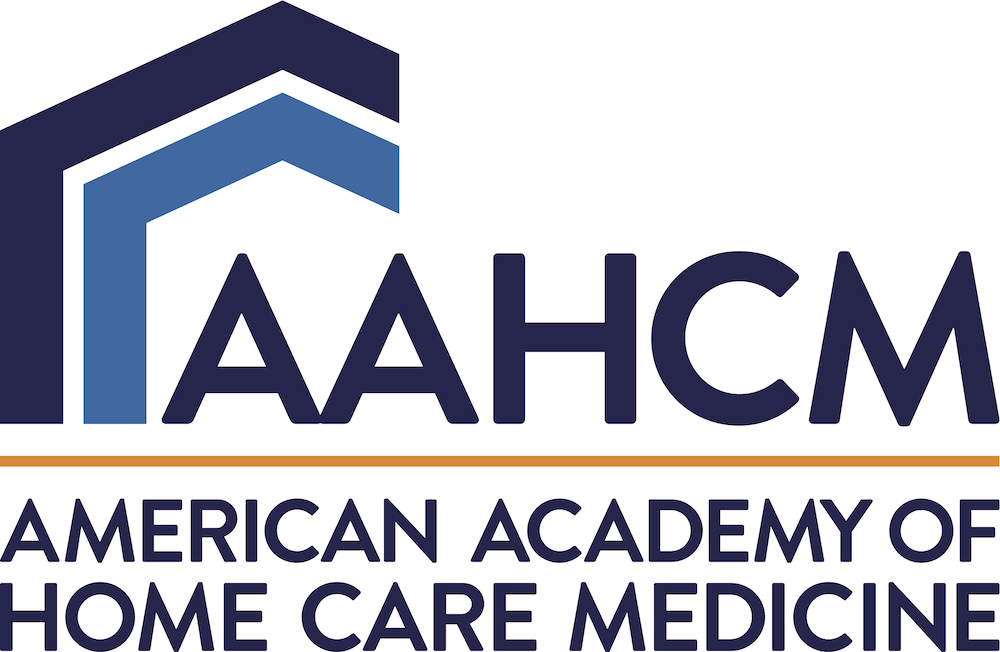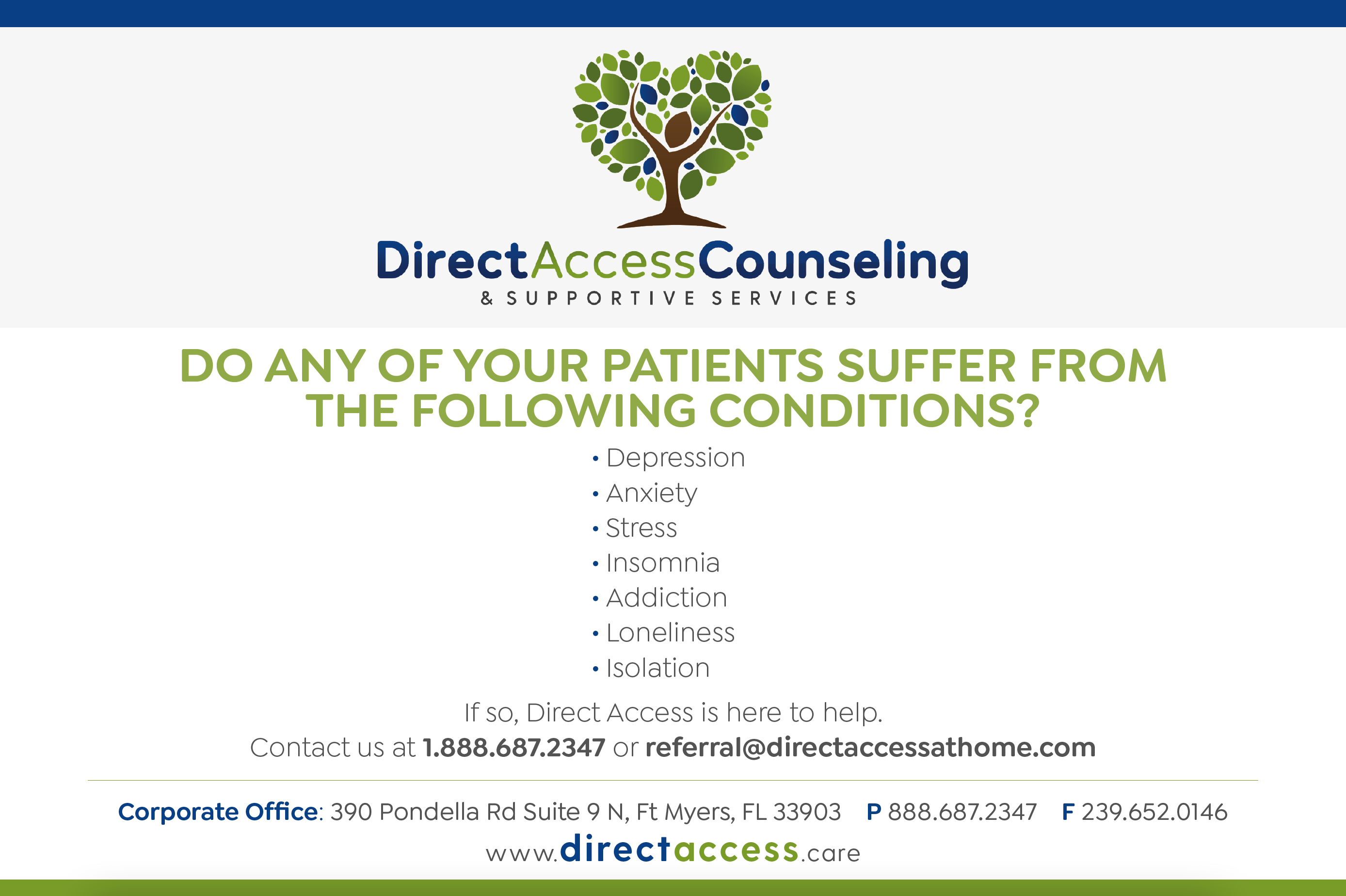- House Call Finder
- Join & Get Involved
- Public Policy
- Events
- Education
- Partners
- About
|
FRONTIERS The Quarterly Newsletter of the American Academy of Home Care Medicine | Winter 2022 PRESIDENT’S MESSAGEEmbracing Change to Deliver Holistic, Patient-centered CareNORM VINN, DOMuch has been written about the shift towards “value-based” care. While we have traditionally associated this concept with capitated care or “managed care,” this transformational paradigm is evolving in all care models, including traditional fee-for-service practice models. One of the common themes in value-based practice transformation includes aligning incentives to encourage practitioners to treat patients holistically. Care is oriented less towards volume, and more towards outcomes and value. Our practice is entering our second year of participation in Primary Care First (PCF), one of the Center for Medicare & Medicaid Innovation (CMMI) value-based care pilots. Recently we participated in a survey querying how our practice was modeling our approach to patient care. How do we treat not only individuals, but how are we applying standardized approaches to care across our entire patient population? The questions addressed the basic areas of access, continuity, and communication. Additionally, there were questions about risk stratification — how the practice identifies high-risk patients, how we increase service intensity for this sub-population, and what sort of tools we utilize for personalized care planning. Additionally, we were queried about our care transition protocols for post-acute patients, how we integrate social determinants of health (SDOH), and how we engage the broader stakeholder team (family, caregivers, Home Health) in a team-based approached to patient care. While we all aspire to provide holistic, team-based, patient-centered care, this survey pressed us to specify what organized approaches we are implementing to provide this care — systematically — across an entire population. The questions pose both a challenge and an opportunity: To align incentives, the PCF pilot is structured to provide flat case rates per enrolled patient per month, along with relatively minor payments for episodic interventions (visits) that are endemic to traditional patient care. There are bonuses for utilization, quality, and continuity that are well-monitored and reported by CMMI. We are being challenged to identify the right mix of services — well beyond visits — that can improve these measured outcomes. And we have opportunity for bonuses if we focus not on how much care we provide for the patients, but for how well we allocate a fixed stream of revenues (the case rates) to provide optimal outcomes. Clearly, there will be many opportunities for improvements in care both in our practice as well as the other participating practices. This represents a cultural shift. We are being challenged to transition from “supply-side” care (the more we do, the more revenues we receive) to “demand-side” care (What is the optimal aggregation of care resources to produce the best patient experience, quality of life and outcomes?). Within the private sector, many of us have practiced supply-side care for years. Not because we were mercenary, but because that’s how the system has been structured. That landscape is changing, and we must embrace the new alignment of incentives. This is not easy. I have often joked with colleagues that transitioning from supply-side care to demand-side care is like passing a large psychological kidney stone: painful while it is occurring, but a much better feeling once the stone has passed. If we monitor the mega-trends in healthcare delivery, all signs point toward value-based models of care. All of us will embark on some iteration of this journey, or face increasing marginalization. The market demands it, the payers demand it, and the rewards are enhanced for those who successfully adapt. The question is not whether we and our colleagues undergo this transformation; the questions are “how” and “when.”
Norm Vinn, DO AAHCM President
Advertisement
|


